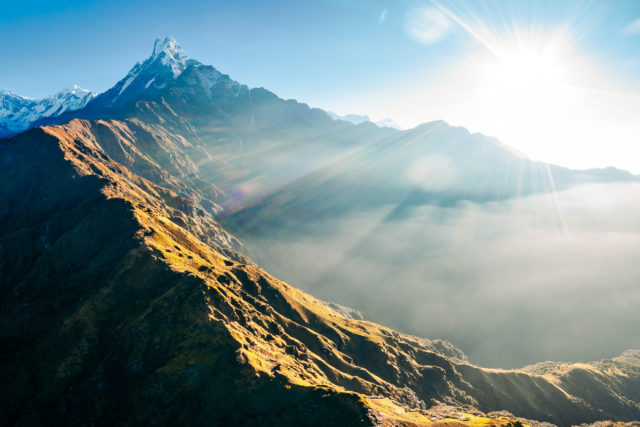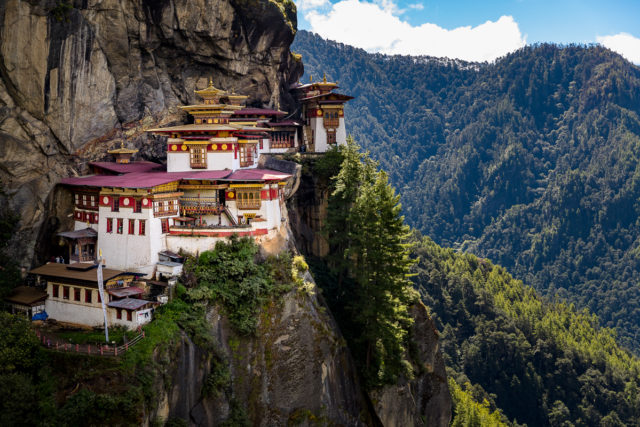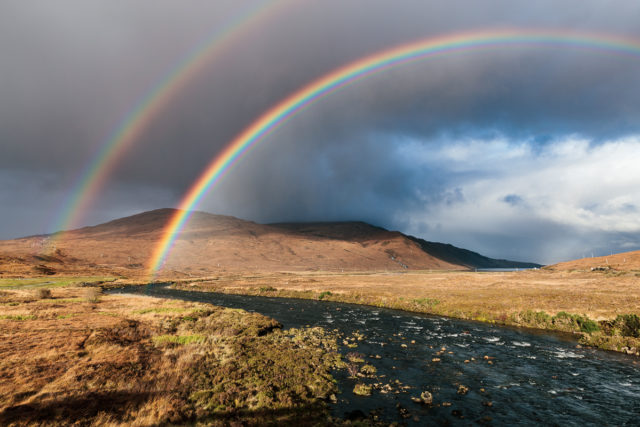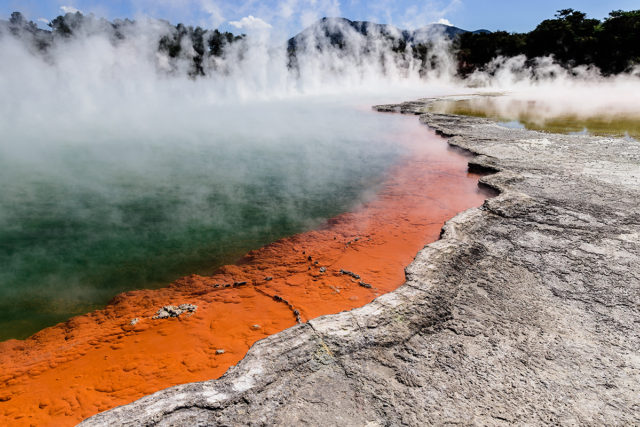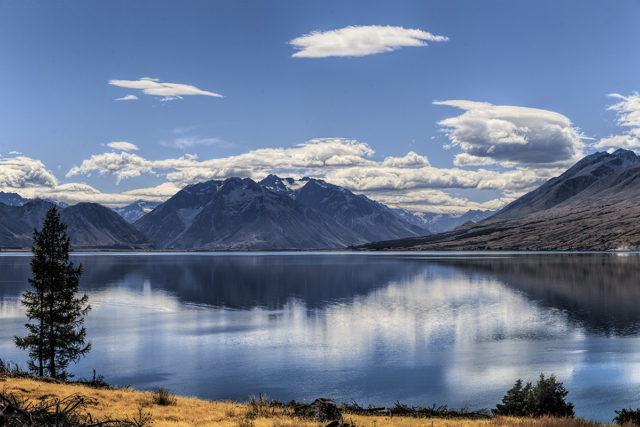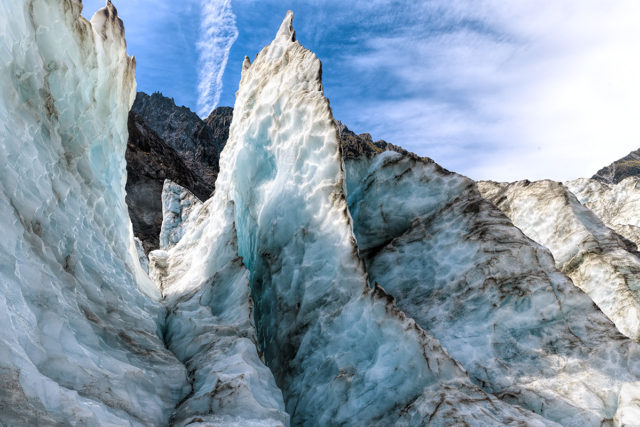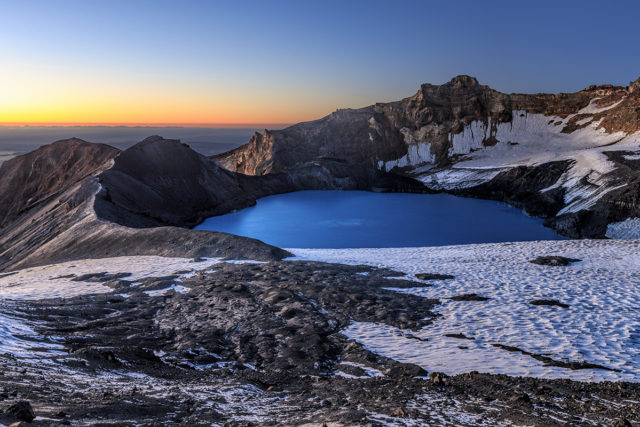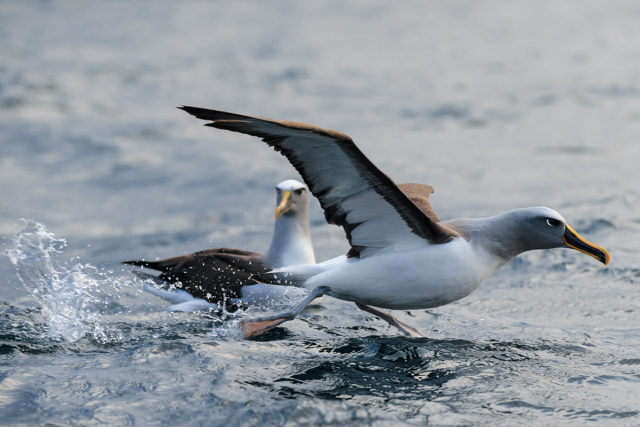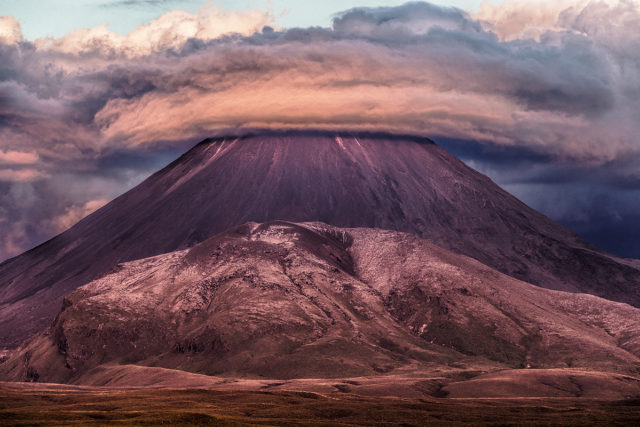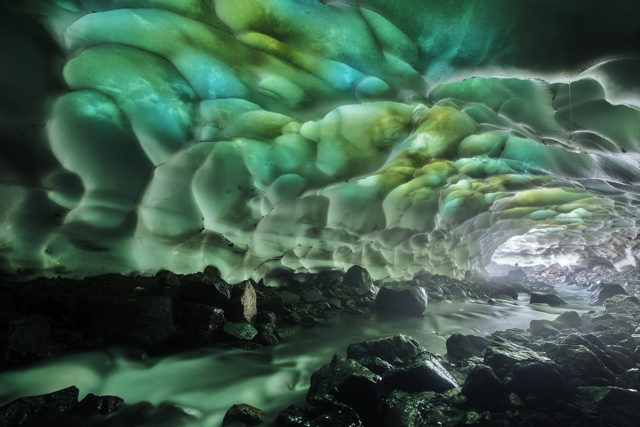Articles and photo series featuring mountains and alpine landscape
Nepal’s Mardi Himal Trek takes hikers to the feet of the staggering Annapurna massif and up to an altitude of almost 4.500 metres. The air becomes literally thin where firmament and clouds shake hands and rocks break through the sky creating staggering mountain panoramas as well as the simply stunning backdrop for stars and an unbelievable night sky.…
Read More
The Tiger’s Nest monastery is the Kingdom of Bhutan’s number one cultural icon. It is located remote, among rocks and clouds high in the sky at 3100 metres and can be reached only by foot. The monastery is dedicated to Guru Padmasambhava, who first introduced Buddhism to Bhutan. It is said he was meditating for 3 years, 3 months, 3 weeks, 3 days and 3 hours in a cave underneath today’s Tiger’s Nest monastery…
Read More
Scotland is much better than its food-based reputation. Meanwhile the notorious Scottish-English weather even excels our Berlin mix of clouds and rain. No matter if in the Highlands or in east coast cities and villages, there’s always a break in the clouds permitting the light of low standing October sun to push through and to stage the mountainous landscape between Edinburgh and the lovely Isle of Skye.…
Read More
Volcanism created New Zealand and even today the force emerging from the Earth’s inside is omnipresent on those islands in the South Pacific Ocean no matter if as earthquakes in the south or in the shape of real fire mountains on the north island. Like a belt the appearances of Taupō Volcanic Zone lead through the whole country, starting with offshore volcano White Island, the geothermally active area of colourful Wai-O-Tapu near Rotorua, right through to Lake Taupo super volcano and the fire mountains Tongariro, Ngauruhoe and Ruapehu to end at Mount Taranaki.…
Read More
One of New Zealand’s most impressive and stunning landscapes are the Southern Alps, a range of giant mountains and large lakes. Coming from Christchurch in the east, Lake Tekapo and its backyard mountain Mount John plus its astronomical observatory already give a first impression how wonderfully scenic the southern Kiwi land can look like.…
Read More
New Zealand’s West Coast region is unique. It is leader of the list of the rainiest regions on our planet and offers the possibility of getting in very close touch with the remarkable combination of a glacier gliding down amidst an environment of alpine mountains having rain forests on its slopes.…
Read More
Mount Ruapehu marks the southern end of the Taupo volcanic zone. Together with stunning Tongariro national park it stands for a region that shapes and defines the character of New Zealand’s north island. With an elevation of impressive 2797 metres it is also North New Zealand’s lighthouse, its highest spot; a place easily seen from the far away.…
Read More
The Doubtful Sound at the south island’s west coast is one of the large impressive fjords New Zealand has on offer. Unlike Milford Sound, that is usually more known to visitors, it is more winding, has even a couple of islands and its steep slopes are entirely uninhabited unlike Norway’s fjords.…
Read More
The Tongariro Alpine Crossing is one of New Zealand’s most known hikes, a so called Great Walk and like the name already tells visitors can cross the massif of an active volcano. In particular movie fans will know about this place from the epic “The Lord of the Rings” trilogy as it is the place where finally gets rid of evil ring.…
Read More
Mutnovsky and Gorely are the names of the volcanic protagonists in Kamchatka’s South; two places known to many tourists visiting Kamchatka as almost every tour makes a stop over there to bring humans in touch with the admittedly weaker appearances of the biggest force on our planet. South Kamchatka is more inhabited than the north, which is no surprise as it is home of the regional capital Petropavlovsk-Kamchatsky and its suburb Yelizovo, the airfield welcoming the big and small airplanes from coming from Moscow and elsewhere.…
Read More
